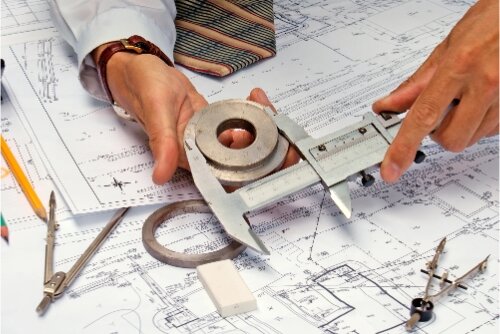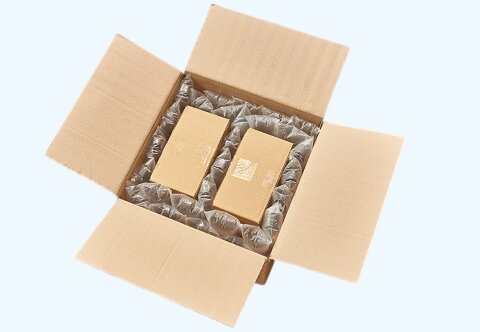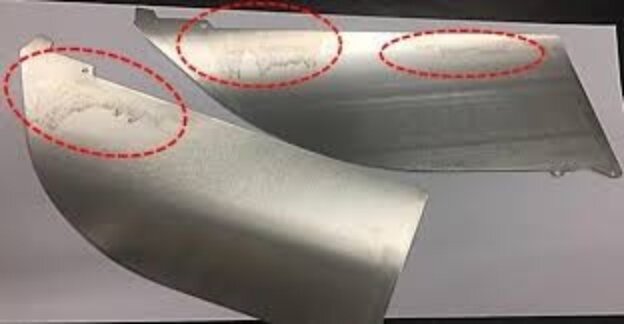Are you puzzled by the terms “laser etching” and “laser engraving”? These techniques seem similar, but they have distinct differences. Many product designers and manufacturers need help to choose the proper method for their projects. Let’s clear up the confusion and help you make the best choice.
Laser etching and laser engraving are distinct processes that create markings on materials. Etching involves melting the surface to create raised marks, while engraving cuts deeper into the material to remove layers. Each technique has its advantages and is suited for different applications.
Curious to learn more about these laser techniques? We’ll explore their unique features, benefits, and best applications to help you make informed project decisions.
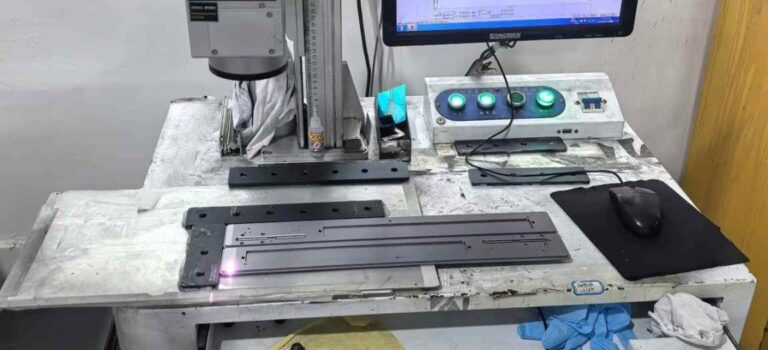
What is Laser Etching?
Definition and Basic Principles
Laser etching is a marking technique that uses heat from a laser beam to melt the surface of a material. This process creates a raised mark on the surface. It’s a quick and efficient method for adding designs, text, or images to various materials.
How Laser Etching Works
The laser beam heats the material’s surface, causing it to expand and leave a raised mark. This process affects only the top layer of the material, typically penetrating less than 0.001 inches deep. Laser etching works well on metals, plastics, and some coated materials.
Advantages of Laser Etching
- Speed: Laser etching is faster than engraving, making it ideal for high-volume production.
- Versatility: It works well on various materials, including metals, plastics, and wood.
- Precision: Laser etching produces highly detailed and accurate marks.
- Durability: The marks created are permanent and resistant to wear.
Disadvantages of Laser Etching
- Depth limitation: Etching doesn’t penetrate deeply into materials.
- Color restrictions: It typically produces only one color (usually black or grey).
- Material constraints: Some materials may not react well to the heat from laser etching.
- Less tactile: The marks are less pronounced to the touch compared to engraving.
What is Laser Engraving?
Definition and Basic Principles
Laser engraving is a process that uses a laser beam to remove material from a surface, creating deep, permanent marks. This technique can produce intricate designs, text, or images on various materials. It offers more depth than etching, producing highly durable and visible markings.
How Laser Engraving Works
The laser beam removes layers of material through vaporization. It creates grooves by repeatedly passing over the same area. Engraving depth can range from 0.02 to 0.125 inches, depending on the material and laser power. The depth control allows for multi-level engraving and 3D effects.
Advantages of Laser Engraving
- Depth: Engraving creates deeper marks, which is ideal for long-lasting results.
- Versatility: It works on various materials, including hard metals.
- Detail: Laser engraving can produce highly intricate and complex designs.
- Tactile feel: The engraved areas are noticeable, adding a tactile element.
Disadvantages of Laser Engraving
- Time-consuming: The process is slower than laser etching, especially for deeper engravings.
- Higher power requirements: Engraving typically needs more powerful lasers than etching.
- Material waste: The process removes material that may not be suitable for all applications.
- Cost: Laser engraving can be more expensive than etching due to the longer processing time.
Laser Etching vs. Laser Engraving: Key Differences
Depth of Marking
Laser etching creates shallow marks (0.001-0.005 inches). Laser engraving produces deeper marks (0.02-0.125+ inches). Etching affects the surface, while engraving removes material layers.
Speed and Efficiency
Etching is faster and ideal for high-volume production. Engraving takes longer due to deeper material removal. Etching suits quick, surface-level marks; engraving for detailed, permanent designs.
Material Impact
Surface Integrity
Etching maintains surface integrity with minimal material removal. Engraving alters the material structure more significantly, potentially affecting strength in thin materials.
The durability of the Mark
Engraved marks last longer due to their depth. Etched marks are more susceptible to wear, especially on high-traffic surfaces.
Laser Etching vs Engraving: Durability
Engraved marks offer superior durability. They withstand harsh conditions and repeated use better than etched marks. Etching suits applications where surface preservation is crucial.
Material Versatility
Both techniques work on various materials. Etching excels in metals and plastics. Engraving offers more flexibility and is suitable for wood, glass, and stone.
Laser Etching vs Engraving: Cost
Etching is generally more cost-effective for large-scale production. Engraving requires more time and energy, increasing costs. The choice depends on project requirements and budget.
Laser Etching vs Engraving: Applications
Etching: Product labeling, serial numbers, logos on metal parts.
Engraving: Personalized gifts, industrial part marking, signage, and decorative items.
Choose based on your specific needs for depth, durability, and detail.
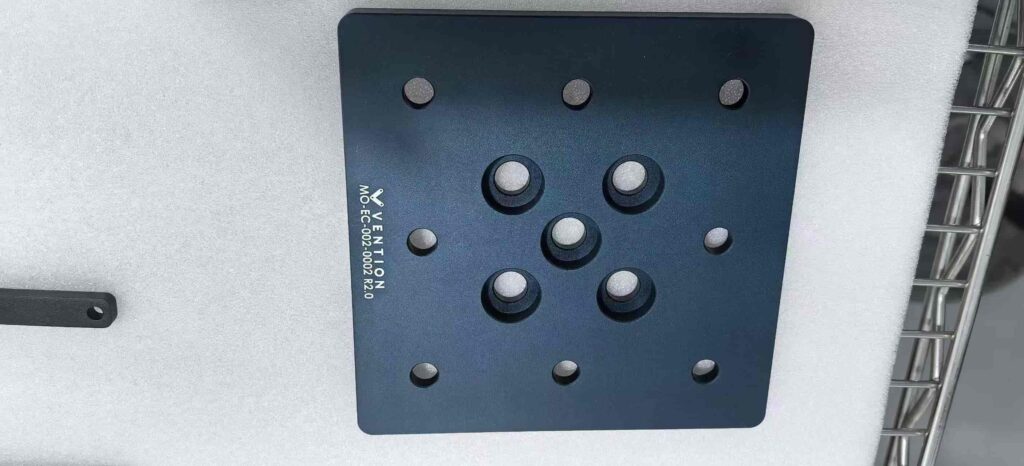
Laser Etching vs Engraving: Factors to Consider
Material Type
The choice between laser etching and engraving often depends on your working material. Here are some key points to consider:
- Metals: Both techniques work well, but thin or heat-sensitive metals often prefer etching.
- Plastics: Etching is generally better for most plastics to avoid melting or warping.
- Wood: Engraving can create beautiful, deep marks on wood surfaces.
- Glass: Etching is typically used for glass to avoid cracking.
- Stone: Engraving is more effective for creating visible marks on stone surfaces.
Desired Outcome and Application
Your project’s specific needs will guide your choice:
- For subtle, sleek designs, etching might be the better option.
- If you need deep, tactile marks, engraving is the way.
- Both can be effective for precise, detailed work, but engraving offers more depth variation.
- Consider the item’s use – will it face wear and tear? Engraving might be more suitable.
Production Volume
The scale of your project plays a crucial role:
- Large production runs often benefit from the speed of laser etching.
- More minor, custom projects might justify the time and detail of laser engraving.
- Consider your time constraints and production deadlines when choosing.
- Factor in the cost differences for your production volume – etching is often more cost-effective for large batches.
Why Are Laser Etching & Engraving Important?
Laser etching and engraving play crucial roles in various industries and applications. Here’s why these techniques are so valuable:
- Precision and accuracy: These methods offer unparalleled precision in marking materials. They create highly detailed designs that are difficult to achieve with traditional methods.
- Permanence: Both techniques produce long-lasting marks. This is essential for product identification, traceability, and branding.
- Versatility: They work on various materials, from metals to plastics, wood, and glass. This versatility makes them indispensable across many sectors.
- Non-contact process: The laser doesn’t physically touch the material. This reduces tool wear and allows for marking on delicate or hard-to-reach surfaces.
- Customization: These techniques enable easy customization of products. They’re perfect for personalized items, unique identifiers, or small-batch productions.
Conclusion
Laser etching and engraving are powerful techniques in the world of material marking. Each offers unique advantages and suits different applications. Your choice between these methods depends on your specific needs. Consider the material you’re working with, the desired outcome, and your production volume. Both techniques offer precision, permanence, and versatility that traditional marking methods can’t match.
Do you need a reliable sheet metal parts manufacturer? Shengen is the place to go. We specialize in sheet metal laser cutting, bending, surface finish, and CNC Machining. Reach out to Shengen Today and seek help from professionals!
FAQs
Can laser etching give multiple colors?
Laser etching typically only produces one color. It usually creates marks in a single color, often black or shades of gray. The color change results from the material’s reaction to heat. For multi-color designs, additional processes like color filling or anodizing are needed.
Which technique is more cost-effective?
Laser etching is generally more cost-effective, especially for large-scale production. It’s faster and requires less power than engraving. However, engraving might be more suitable for small batches or projects needing deep marks despite higher costs. The most cost-effective option depends on your specific project requirements.
Can laser etching or engraving damage the material?
Laser etching and engraving don’t damage the material’s integrity when done correctly. However, improper settings can lead to unwanted effects. Excessive heat might cause warping or weakening in some materials. Adjusting laser parameters based on the specific material is crucial to avoid damage.
How do I decide between laser etching and laser engraving for my project?
Consider your material type, desired outcome, and production volume. Choose etching for shallow marks on heat-sensitive materials or large production runs. Opt for engraving when you need deep, durable marks or a tactile feel. Also, factor in the item’s intended use and exposure to wear and tear.
What are the maintenance requirements for laser etching and engraving machines?
Regular cleaning of the laser lens and mirrors is essential. Replace filters periodically to maintain air quality. Check and align the laser beam regularly. Keep the work area clean to prevent debris buildup. Follow manufacturer guidelines for specific maintenance schedules. Proper maintenance ensures consistent quality and extends the machine’s lifespan.
Hey, I'm Kevin Lee

For the past 10 years, I’ve been immersed in various forms of sheet metal fabrication, sharing cool insights here from my experiences across diverse workshops.
Get in touch

Kevin Lee
I have over ten years of professional experience in sheet metal fabrication, specializing in laser cutting, bending, welding, and surface treatment techniques. As the Technical Director at Shengen, I am committed to solving complex manufacturing challenges and driving innovation and quality in each project.


